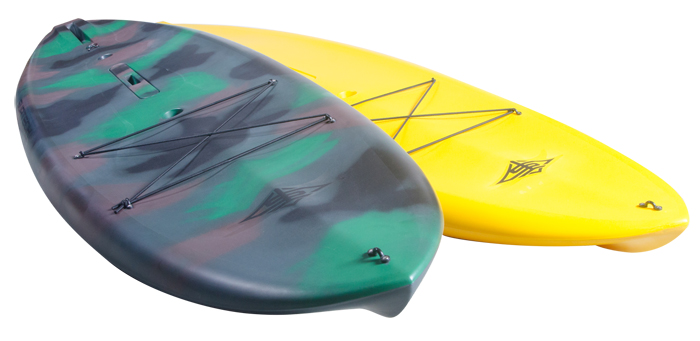Rotational molding design is an important part of rotational molding, a manufacturing method for producing strong, hollow plastic parts with features such as undercuts, multiple walls, and molded-in hardware and graphics. In this blog entry, the first in a series from FacFox, engineers can get an overview of what they need to know about rotational molding design.

Basic Requirements and the Basic Shape
There are three basic requirements for rotational molding design. First, the plastic part must meet the application’s end-use or functional requirements. Second, the design of the part must account for any limitations that are related to materials or processing. Third, the rotomolded part must be cost-effective to produce.
Balancing these requirements is important, but rotational molding design still starts with the basic part shape. As a rule, the ideal design for a rotationally-molded part is any hollow shape where the design elements are blended smoothly. In addition to increasing product strength, the smooth blending of part contours supports more efficient and cost-effective production.
Materials and Processing
Different rotational molding materials have different properties and processing requirements. For example, polycarbonate exhibits low mold shrinkage and hard flow. By contrast, crystalline polyethylene exhibits high mold shrinkage and easy flow. Typically, plastic materials with the smallest mold-shrinkage factors produce the most dimensionally-stable parts.
Because rotational molding is a low-pressure process, the two halves of the mold do not require high-pressure clamping. Compared to injection molding then, rotomolded parts require larger tolerances on part dimensions that are perpendicular to the mold’s parting line. Mold design and construction can affect part quality, and the use of mold release agents can affect part size.

Part Details
For design engineers, the details of a part’s design can mean the difference between success and failure. Typically, these details include:
a. Nominal wall thickness
b. Wall thickness uniformity
c. Varying wall thickness
d. Flatness considerations
e. Minimum wall separation
f. Corner angle limits
g. Reinforcing ribs
h. Kiss off ribbing
i. Draft angles
j. Corner Radiuses
k. Undercuts
l. Tolerances
Future blog entries from FacFox will examine these and other part details along with some design factors. For example, depending on the plastic part, engineers may need to account for features such as molded-in threads, molded-in inserts, and finishing and decoration.
Get Rotational Molding Design Assistance from FacFox
For over 15 years, FacFox has manufactured rotationally-molded parts that are proudly Made in China. Do you need design assistance for rotomolded parts? For more information, contact us.
Add a Comment
You must be logged in to post a comment